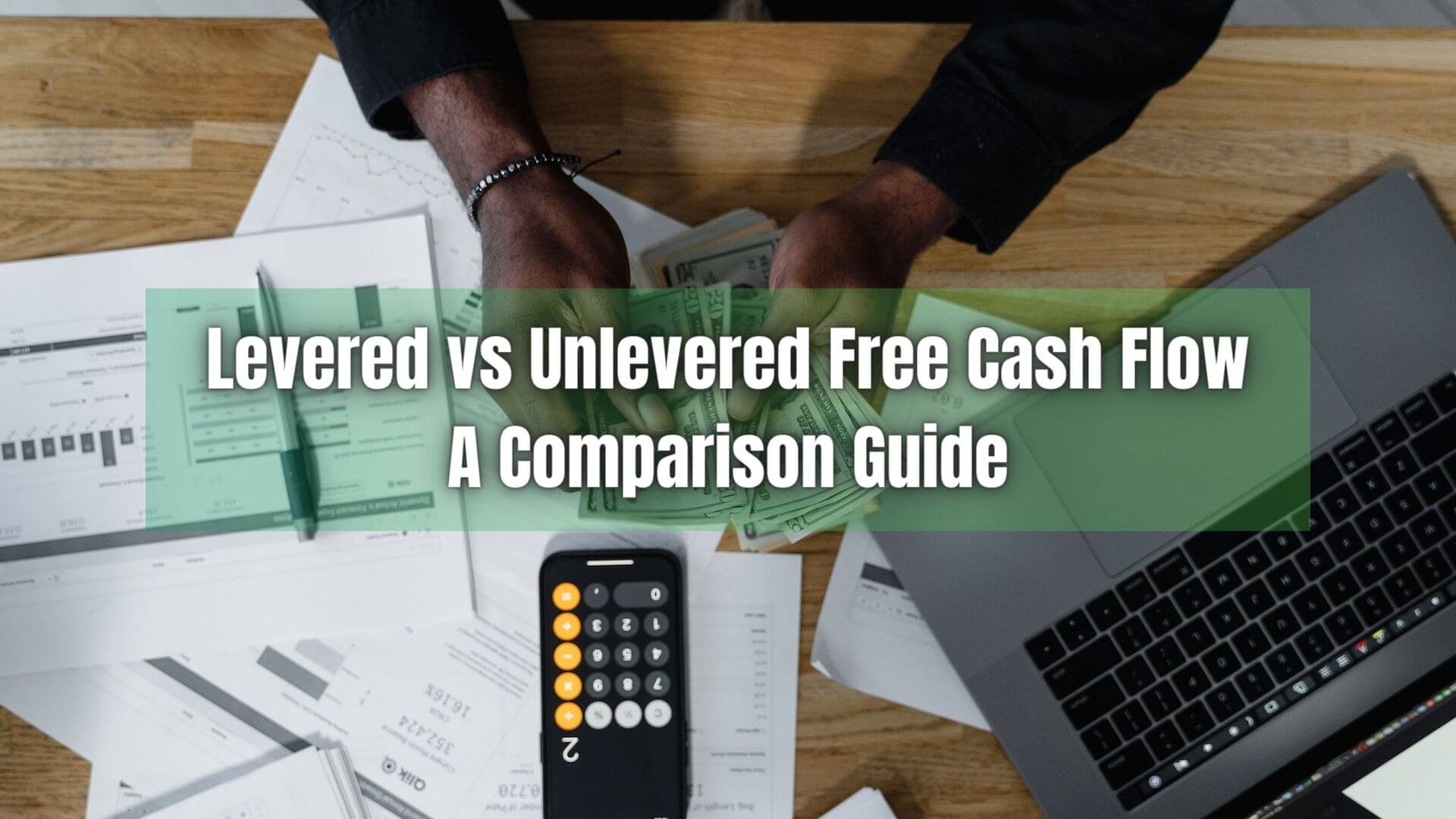Cash flow is a critical factor for any business, and understanding the differences between levered and unlevered free cash flow can help you make better decisions when it comes to managing your company’s finances. Levered vs unlevered free cash flow are two different accounting measures used to calculate how much money a business has available after paying expenses. This guide will provide an overview of both concepts, explain their differences, and discuss why it’s essential to understand the distinction between them.
Table of Contents
ToggleWhat is Free Cash Flow?
Free Cash Flow (FCF), a cornerstone of corporate finance, is the cash a company generates after accounting for cash outflows to support operations and maintain its capital assets. It’s the real measure of a firm’s financial performance and ability to generate shareholder value. Free cash flow indicates the liquidity position of a company and its capability to pay debt, invest in new projects, and return money to its shareholders.
What is Levered Free Cash Flow?
Levered Free Cash Flow (LFCF), or Free Cash Flow to Equity (FCFE), is the cash available to all equity shareholders after paying all expenses, reinvesting the business, and repaying the principal and interest on the outstanding debt.
In essence, Levered Free Cash Flow reflects what’s available to equity holders after all obligations are met. It’s calculated as follows:
Levered FCF = Net Income + Depreciation/Amortization – Changes in Working Capital – Capital Expenditure + Debt Issued – Debt Repayments
What is Unlevered Free Cash Flow?
Unlevered Free Cash Flow (UFCF), or Free Cash Flow to Firm (FCFF), is the cash flow available to all capital providers, including debt, equity, and preferred security holders. It represents the cash generated by the firm’s core business operations, disregarding the capital structure.
Unlevered Free Cash Flow is calculated using the following formula:
Unlevered FCF = Net Income + Depreciation/Amortization + Interest Expense * (1 – Tax Rate) – Changes in Working Capital – Capital Expenditure
Levered Vs. Unlevered Free Cash Flow: What’s the Difference?
Levered vs unlevered free cash flow are two ends of the same spectrum. On one end, Levered Free Cash Flow is the cash flow available to equity holders after all financial obligations have been met. On the other, Unlevered Free Cash Flow is the amount of cash generated by a company’s core operations, regardless of its capital structure.
A Question of Perspective
The first key difference between Levered Free Cash Flow (LFCF) and Unlevered Free Cash Flow (UFCF) is one of perspective. LFCF considers the viewpoint of equity shareholders. It represents what’s left for equity shareholders once all financial obligations have been met, including operating expenses, business reinvestment, and debt repayments.
On the other hand, UFCF takes a more holistic view. It’s not limited to equity shareholders but includes all capital providers, such as debt and preferred security holders. UFCF measures the cash generated by the firm’s core business operations, irrespective of the financing structure or capital mix.
Treatment of Interest Expense
The second primary distinction between LFCF and UFCF revolves around treating interest expense. When calculating UFCF, we add the interest expense, adjusted for tax. The rationale is that UFCF seeks to understand the cash flow generated from the business operations before considering how it’s financed. Thus, it’s often referred to as a pre-financing cash flow.
Conversely, LFCF accounts for interest payments. This is because LFCF aims to ascertain the cash flow available to equity shareholders after all costs, including interest on debt, have been paid. As such, it’s a post-financing cash flow.
These contrasting treatments of interest expense underline the fundamental differences in what LFCF and UFCF represent and why they are both essential tools in financial analysis.
Importance of Levered Free Cash Flow
Levered Free Cash Flow (LFCF) is crucial for equity shareholders. It showcases how much cash can be returned to shareholders regarding dividends or share buybacks after meeting all the company’s expenses, including debt repayments.
Furthermore, LFCF can provide an accurate look at a company’s financial health and the amount of cash it has available. Hence, it’s important for investors and creditors to understand the company’s ability to generate shareholder value and meet its financial obligations.
Importance of Unlevered Free Cash Flow
On the other hand, Unlevered Free Cash Flow (UFCF) is a pre-financing cash flow measure. It represents the cash generated by a firm’s core business operations before considering the financing structure. UFCF is the cash flow available to all capital providers, including debt, equity, and preferred security holders.
It provides a clear view of the company’s operating performance independent of its capital structure, making it useful for comparing companies with different financing arrangements. The higher the UFCF yield, the better the company’s business performance.
Moreover, UFCF is often used in valuation methods like Discounted Cash Flow (DCF) because it reflects the firm’s underlying business performance unaffected by its capital structure.
Levered Vs. Unlevered Free Cash Flow: Pros and Cons
Each of these cash flow measures has its unique advantages and potential drawbacks, depending on the context and the specific needs of the financial analyst or investor.
Pros and Cons of Levered Free Cash Flow
Levered Free Cash Flow (LFCF) represents the money available to investors and shareholders after a company’s bills, including debt, are paid. It’s often considered more important for determining actual profitability and is a better indicator of financial health.
Pros
- Provides an accurate look at a company’s financial health and the amount of cash it has available
- Useful for evaluating dividend policy or buyback potential.
Cons
- It can be influenced by factors like debt repayment schedules that might not reflect operational performance.
- Higher potential costs associated with borrowing.
Pros and Cons of Unlevered Free Cash Flow
Unlevered Free Cash Flow (UFCF) benefits all stakeholders of a company, while LFCF exclusively pertains to common shareholders. UFCF reflects the firm’s underlying business performance, unaffected by its capital structure.
Pros
- Allows for easier comparison across companies with different financing arrangements.
- Provides a clear view of the company’s operating performance independent of its capital structure.
Cons
- Might overstate a firm’s financial health if it carries high debt levels, as interest costs are added back.
Whether to use levered or unlevered free cash flow depends on the specific needs of the financial analysis. LFCF is considered the more substantial figure for investors to watch as it’s a better indicator of a company’s profitability. However, UFCF provides a broader perspective, considering all capital providers.
Why Use ReliaBills for Your Business
Whether you’re using levered or unlevered free cash flow, sending invoices and getting paid in a timely manner is critical. That’s why automating and optimizing your billing process is key. With ReliaBills, you can streamline invoice creation and payment processing to get paid faster. Our intuitive platform also offers a variety of tools to let you stay on top of invoice tracking and payment status in one place.
ReliaBills is a cloud-based invoicing and billing software designed to automate payment processes, reduce administrative overhead, and streamline payment processing duties. ReliaBills’ payment processing features include automated recurring billing, payment tracking, payment reminders, online payment processing, and much more!
It also provides valuable tools that help manage customer information, monitor payment records, and create proper billing and collection reports. As a result, invoice and billing management are simple and convenient. You also get access to active customer support, ready to assist you whenever you need help.
Get started with ReliaBills for free today! And if you want more features, you can upgrade your account to ReliaBills PLUS for only $24.95 monthly! Subscribing to ReliaBills PLUS will give you access to advanced features such as automatic payment recovery, SMS notifications, custom invoice creation, advanced reporting, and more!
With ReliaBills, you have an all-in-one solution to your invoicing and payment processing needs. Our convenient solutions will enable you to focus more on running and growing your business. Get started today!
How to Create a New Invoice Using ReliaBills
Creating an invoice using ReliaBills involves the following steps:
Step 1: Login to ReliaBills
- Access your ReliaBills Account using your login credentials. If you don’t have an account, sign up here.
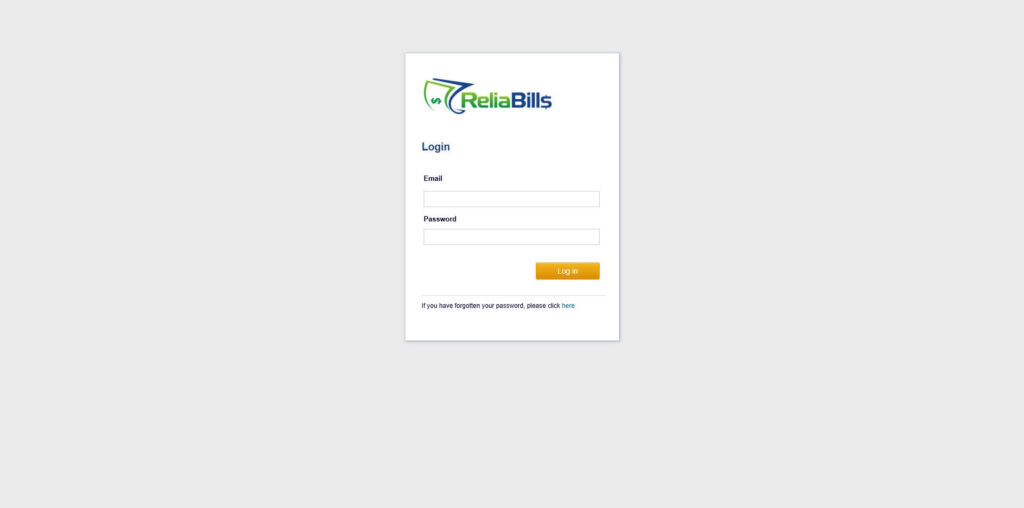
Step 2: Click on Invoices
- Navigate to the Invoices Dropdown and click on Invoices.\
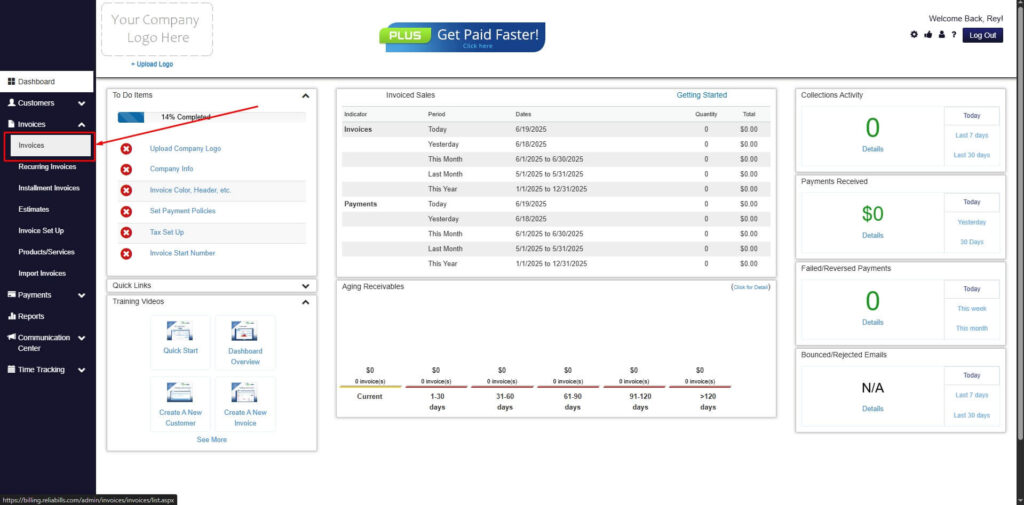
Step 3: Click ‘Create New Invoice’
- Click ‘Create New Invoice’ to proceed.
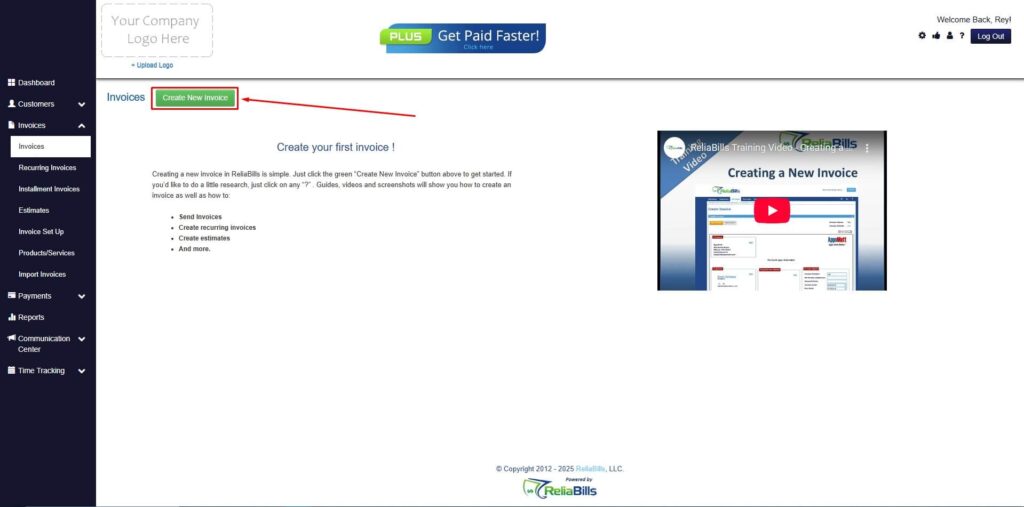
Step 4: Go to the ‘Customers Tab’
- If you have already created a customer, search for them in the Customers tab and make sure their status is “Active”.
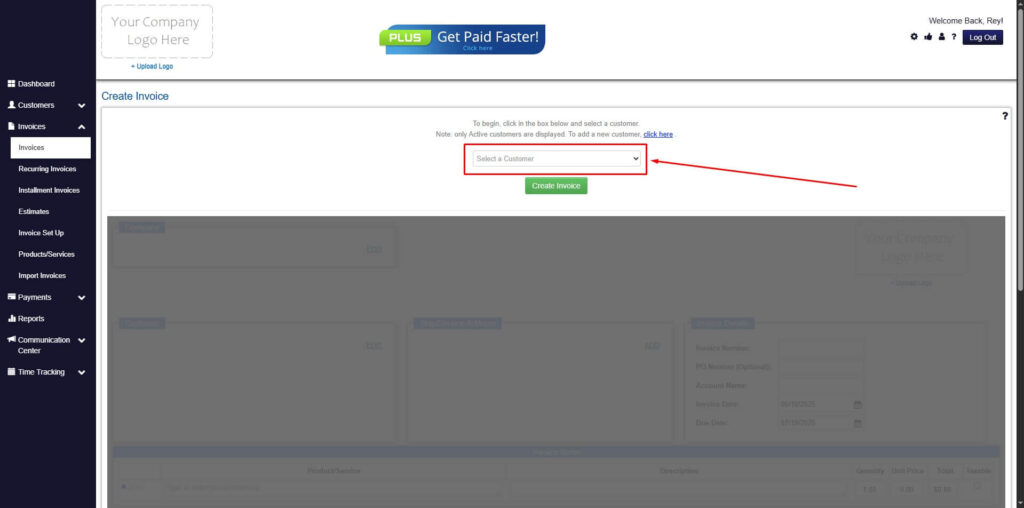
Step 5: Create Customer
- If you haven’t created any customers yet, click the ‘Click here’ to create a new customer.
- Provide the First Name, Last Name, and Email to proceed.
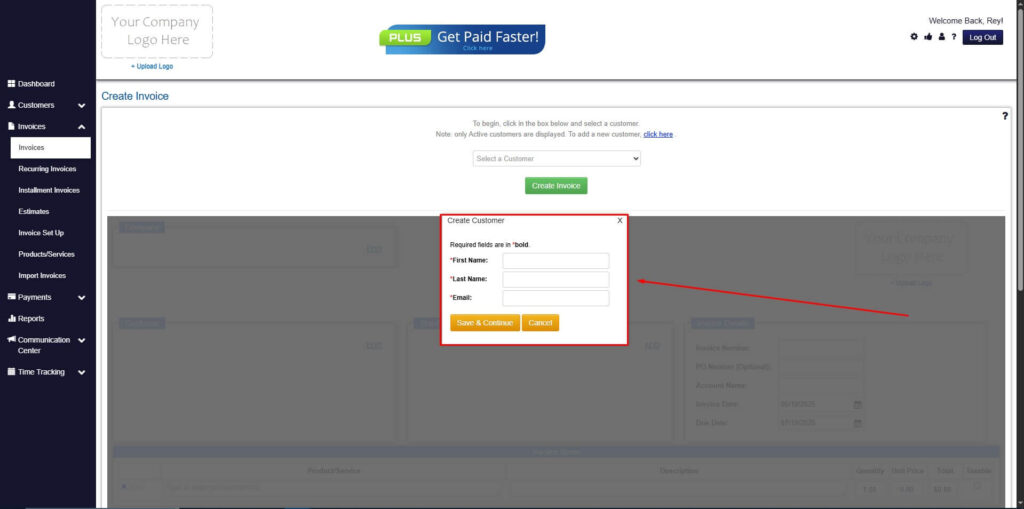
Step 6: Fill in the Create Invoice Form
- Fill in all the necessary fields.
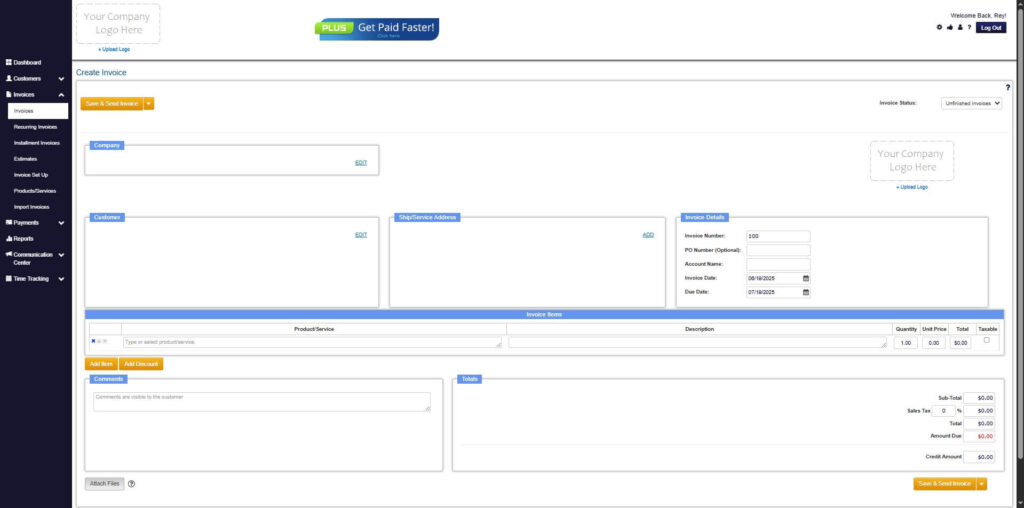
Step 7: Save Invoice
- After filling out the form, click “Save & Send Invoice” to continue.
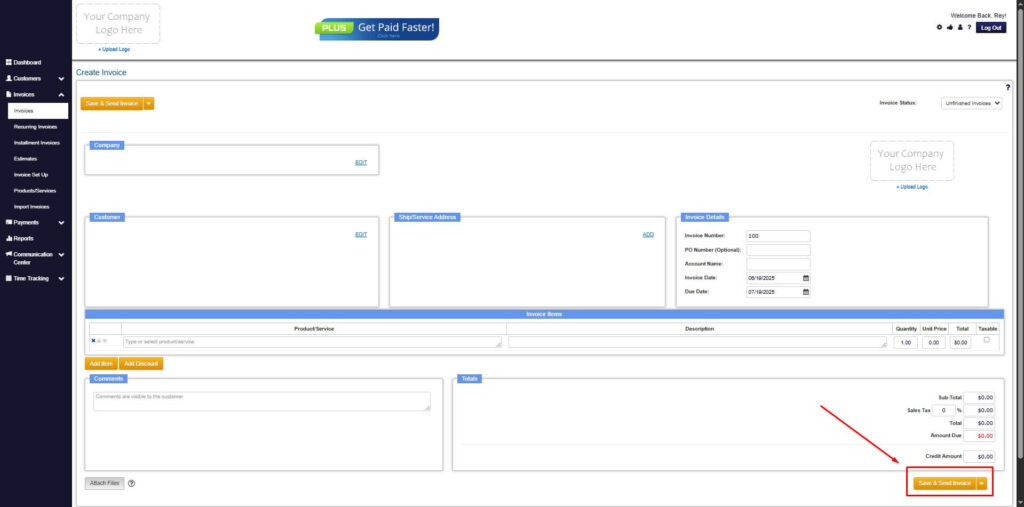
Step 8: Invoice Created
- Your Invoice has been created.
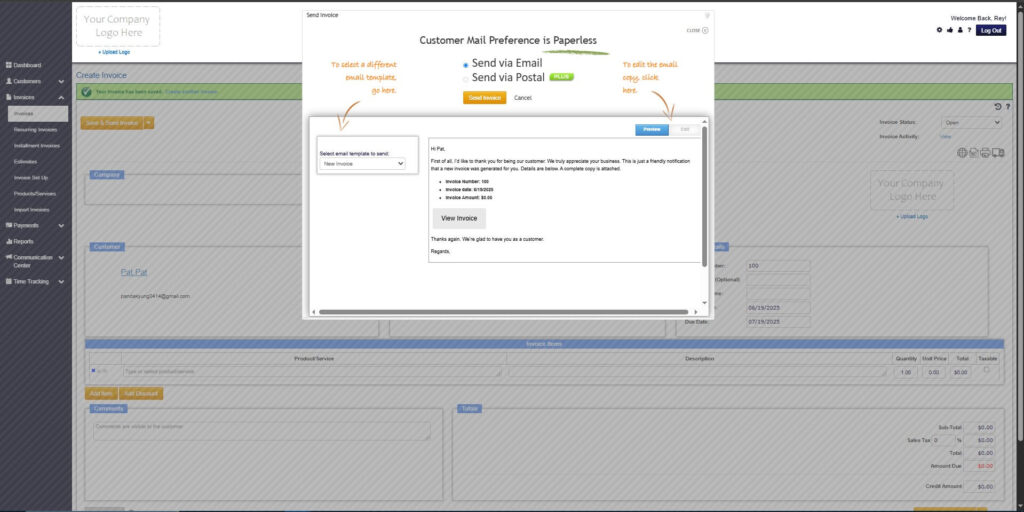
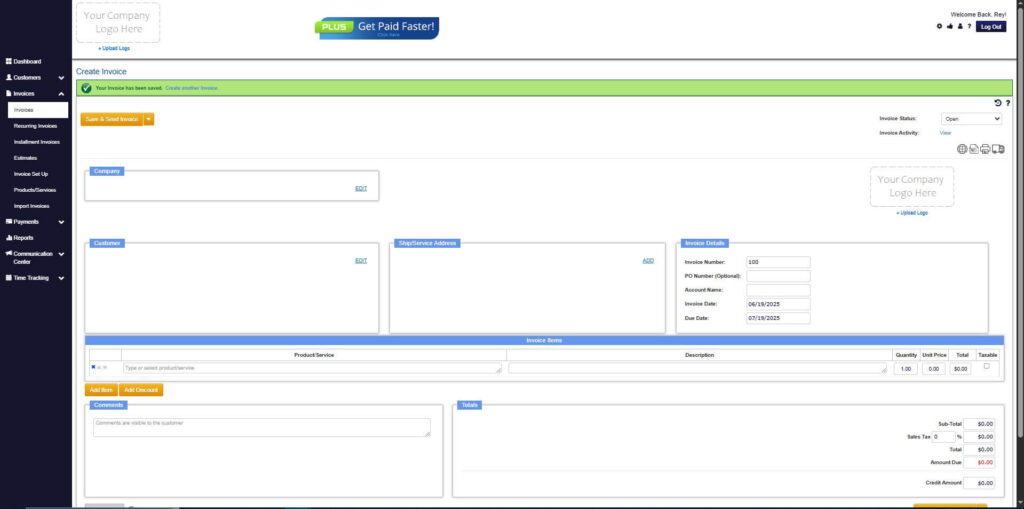
Wrapping Up
Levered vs Unlevered Free Cash Flows are vital tools in financial analysis. Each offers unique insights into a firm’s financial health, investment potential, and shareholder value. Understanding these concepts can help investors make more informed decisions and contribute to a more comprehensive evaluation of a company’s financial status. So consider both levered and unlevered free cash flow when doing financial analysis.

